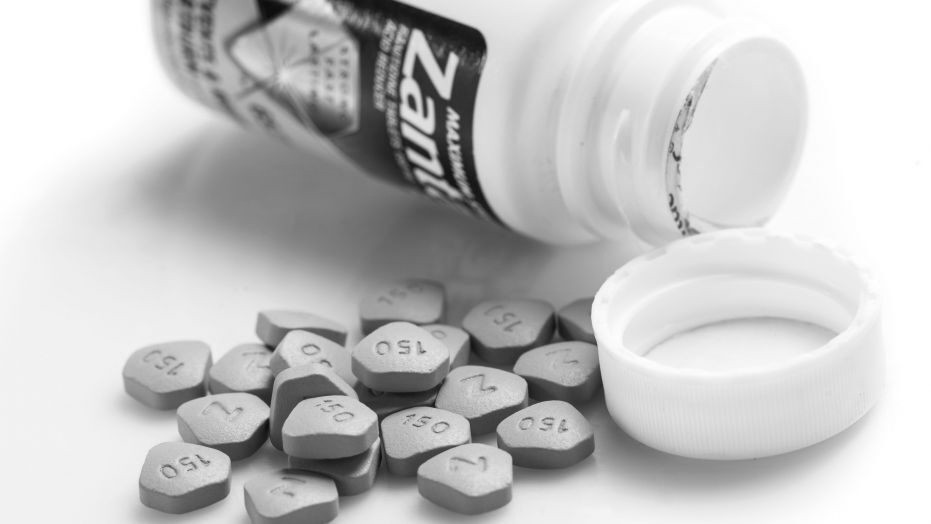Zantac Lawsuits

The Zantac lawsuits claim that Zantac can be contaminated with the cancer-causing substance N-nitrosodimethylamine (NDMA).
Our law firm is accepting clients who took Zantac and have been diagnosed with cancer.
What We Know About the Zantac Lawsuits
On September 13, 2019, the U.S. Food and Drug Administration reported the discovery of the carcinogenic contaminant N-nitrosodimethylamine (NDMA) in Zantac (ranitidine), a common heartburn medication available in both prescription and over-the-counter versions.
Although the FDA advisory states that the level of contamination is “low,” the levels have been found to be between 3,000 and 26,000 times higher than what the agency has determined to be “safe.”
The first Zantac lawsuit was filed in California the day the FDA issued its advisory. Plaintiffs accuse drugmakers Sanofi and Boerhringer Ingelheim of manufacturing, marketing, and selling a product they knew or should have known had been contaminated with an industrial chemical known to cause cancer.
The exact cause of the NDMA contamination is still under investigation. However, during the period in which Boerhinger Ingelheim and Sanofi manufactured and marketed Zantac, scientific research demonstrated a clear link between ranitidine, the active ingredient in Zantac, and NDMA. Specifically, when ranitidine comes in contact with water, it creates a chemical reaction that causes the formation of NDMA.
Despite the availability of this information, the drugmakers chose not to disclose this risk to the government or to consumers.
NDMA and Zantac Complications & Symptoms
In addition to causing cancer, NDMA is a potent hepatotoxin. Short-term exposure to NDMA can cause liver damage (such as liver fibrosis and scarring). Long-term exposure can increase the risk of liver, kidney, and lung tumors.
Symptoms of NDMA overexposure include headaches; fever; nausea; jaundice; vomiting; abdominal cramps; enlarged liver; reduced function of the liver, kidneys and lungs; and dizziness.
Other adverse effects that have been associated with Zantac include:
- nervous system disorders
- arrhythmia or tachycardia (irregular or rapid heartbeat)
- vitamin B-12 deficiency
- hepatitis, liver failure, and jaundice
- increased risk of pneumonia
- low platelet levels in the blood
- skin rashes and hair loss

What We Know About NDMA
NDMA is used in aviation and rocket fuel and industrial lubricants. It is also a by-product of several industrial processes, including gasoline refining and the treatment of wastewater containing nitrogen.
Other applications for NDMA include inducing carcinogenesis in laboratory rats for cancer research. NDMA may also be found in a number of food products, such as cured meats, and is an ingredient in tobacco fumes. Fortunately, NDMA does not appear to accumulate in tissues.
Under the federal Emergency Planning and Community Right-to-Know Act of 1986 (EPCRA), NDMA is classified as “extremely hazardous.” Because of this, there are stringent reporting requirements for companies and individuals who produce, store, or use the substance in large amounts.
What compensation could be recovered in a Zantac lawsuit?

If you took Zantac and have been diagnosed with cancer, then we will be seeking the following damages for you:
- Past and future medical expenses that result from the injuries.
- Past and future pain and suffering (physical and mental) caused by the injuries, and the treatment and recovery process.
- Past and future wage loss.
- Past and future loss of earning capacity.
- Past and future loss of enjoyment of life.
- Punitive damages, if appropriate.
Ready to find out more?
Drop us a line today to set up your consultation.
Click HereMeet Our Attorneys
The Aloia Roland practice areas are shaped by our attorneys’ diverse experience. Led by a talented team of trial attorneys, we function as a full-service law office and cater to our clients needs.

Evan D. Lubell

Ty G. Roland

Mark J. Joseph


